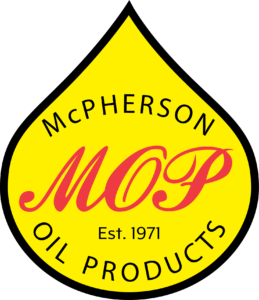A condition monitoring program plays a very important role in most industrial companies that have plant machinery. These programs enable companies of all sizes to manage costs and extend the lifetime of plant machinery through on-going maintenance and monitoring the performance of machinery on a regular basis. There are various different types of condition monitoring depending on the industry and application, these include-oil analysis, vibration monitoring, and acoustic emissions testing.
Condition monitoring programs play a big part in many industrial companies and form a large part of their budget, as the cost of maintenance is much more cost-effective than having to replace expensive plant machinery. For example, if a piece of equipment breaks down then a day’s production may be lost due to unplanned maintenance and if the part that has broken down needs to be shipped in from somewhere else then it will much longer before the equipment is back up and running. This is why companies invest large sums of money in condition monitoring programs.
Another case for condition monitoring programs is that plant engineers get to understand the machinery more. With an oil analysis program, a plant operator gains an insight into how the mechanical parts of the device are performing and how they operate over time. Through regular monitoring, engineers can make more informed decisions on when maintenance is required, rather than just carrying out maintenance on a regular basis and replacing parts that may not be broken.
 This helps engineers reduce the cost of maintenance by only making repairs based upon the performance of the machine rather than after an arbitrary amount of time.It also helps engineers plan in maintenance rather than waiting until a fault occurs, engineers can predict through historic data when a piece of equipment may fail and will require maintenance.
This helps engineers reduce the cost of maintenance by only making repairs based upon the performance of the machine rather than after an arbitrary amount of time.It also helps engineers plan in maintenance rather than waiting until a fault occurs, engineers can predict through historic data when a piece of equipment may fail and will require maintenance.
A great example of carrying out maintenance when it may not be required is an oil change based upon a schedule or when excessive wear is detected. Firstly an oil change is not certain to rectify a problem, as it may not be the root cause. Secondly, an oil change can cause more damage to the equipment as engineers may use the wrong type of oil and for every oil change, a part may need to be replaced. Changing the oil without proper analysis can be a waste of money and resources and in the long run can cost more money than the perceived saving, as over-servicing a piece of machinery can reduce the lifetime of the equipment.
This is why it’s essential to undertake the right condition monitoring program for the application or piece of equipment you are using. The program needs to be appropriate for the piece of machinery that is in operation. While it is important to undertake a maintenance program it is much more effective to use condition monitoring techniques to understand how it is performing and whether or not maintenance is required.
Condition monitoring will continue to play a very important role in companies of all sizes in keeping track of the condition of their equipment and reducing costs of repair and extending the lifetime of machinery through planned maintenance and analyzing the performance of equipment. Companies are continually looking to for ways to reduce costs and in industrial plants reducing downtime of machinery is one of the most effective ways of doing this, so companies will continue to invest in these programs for the foreseeable future.
